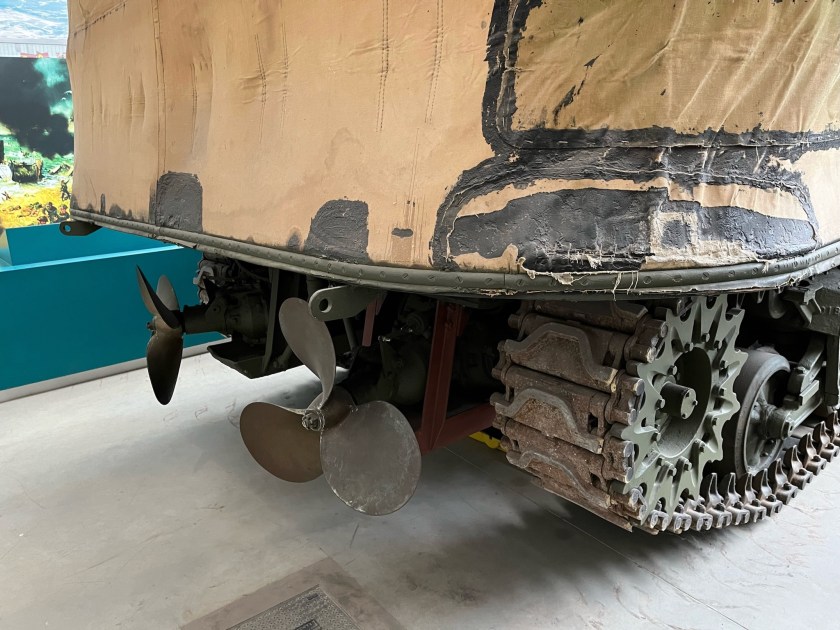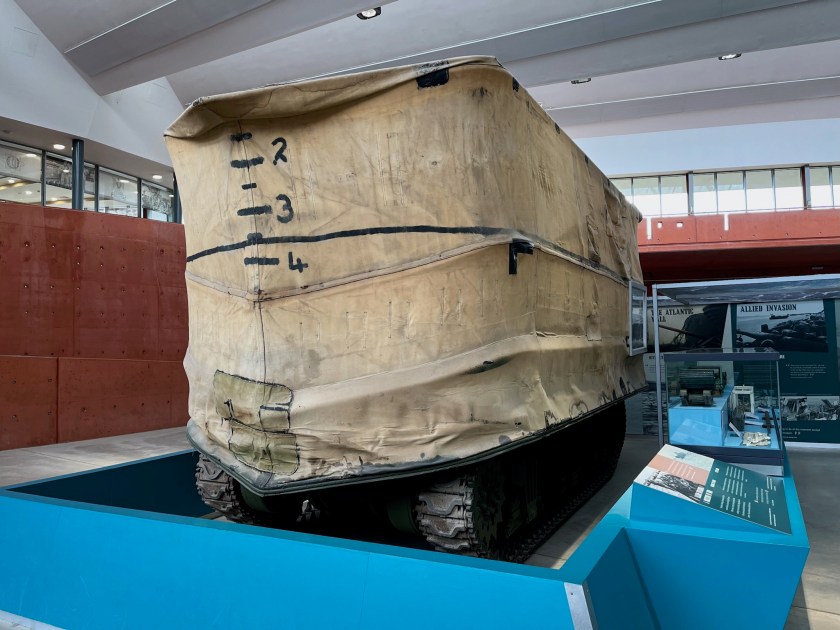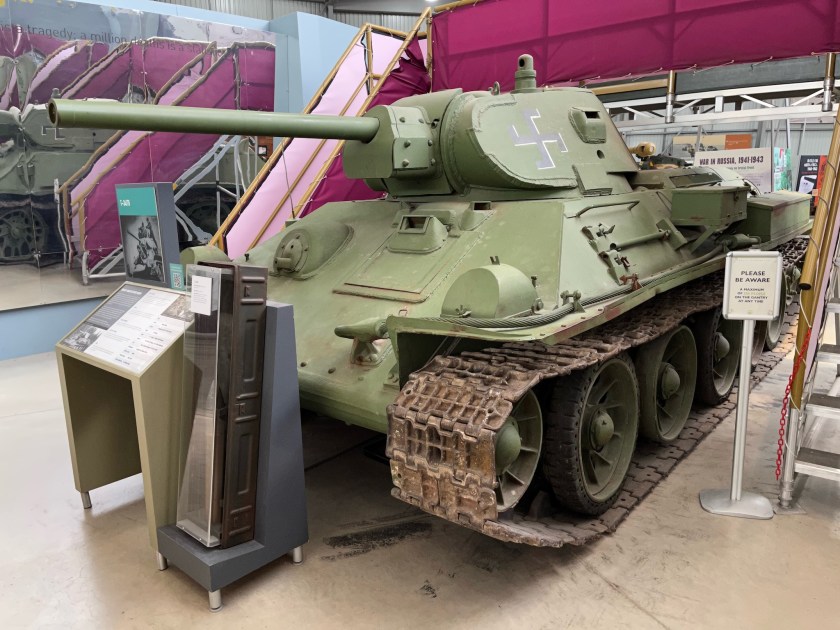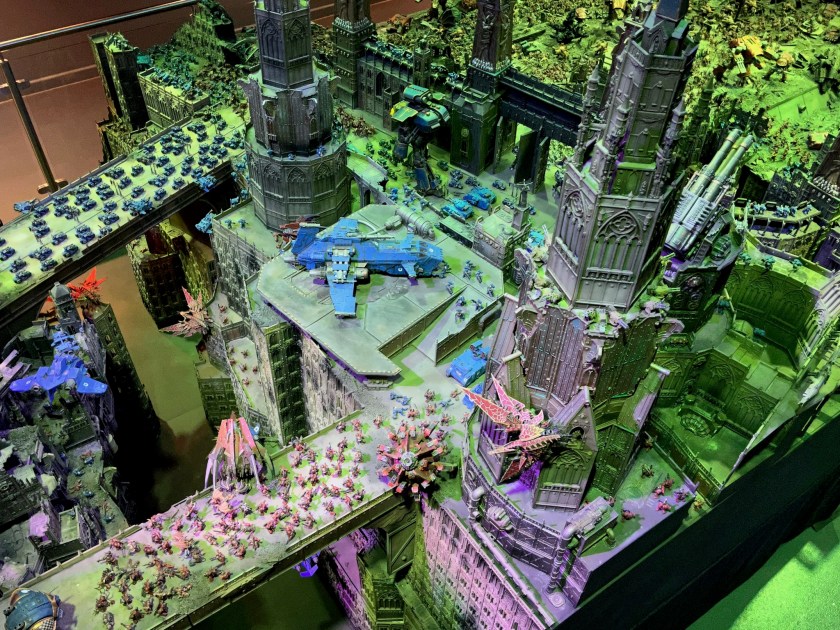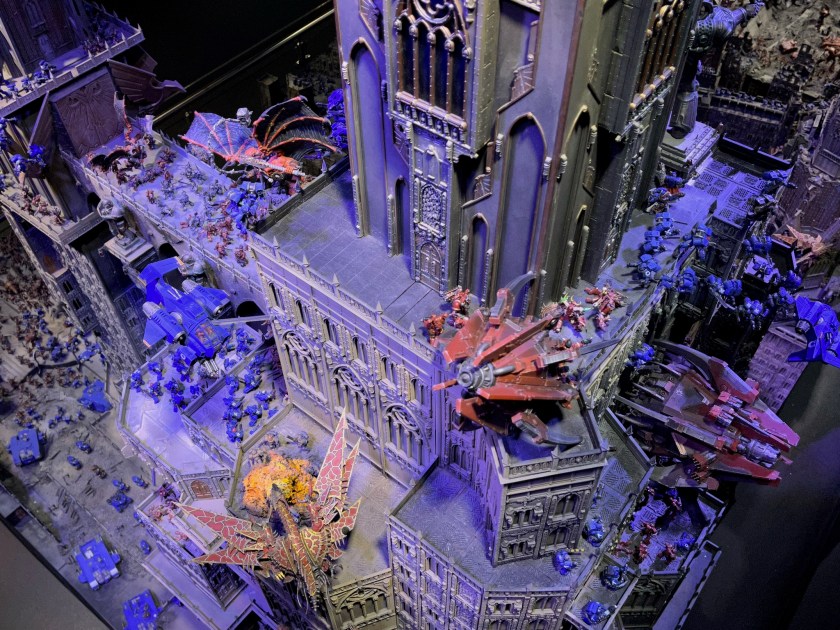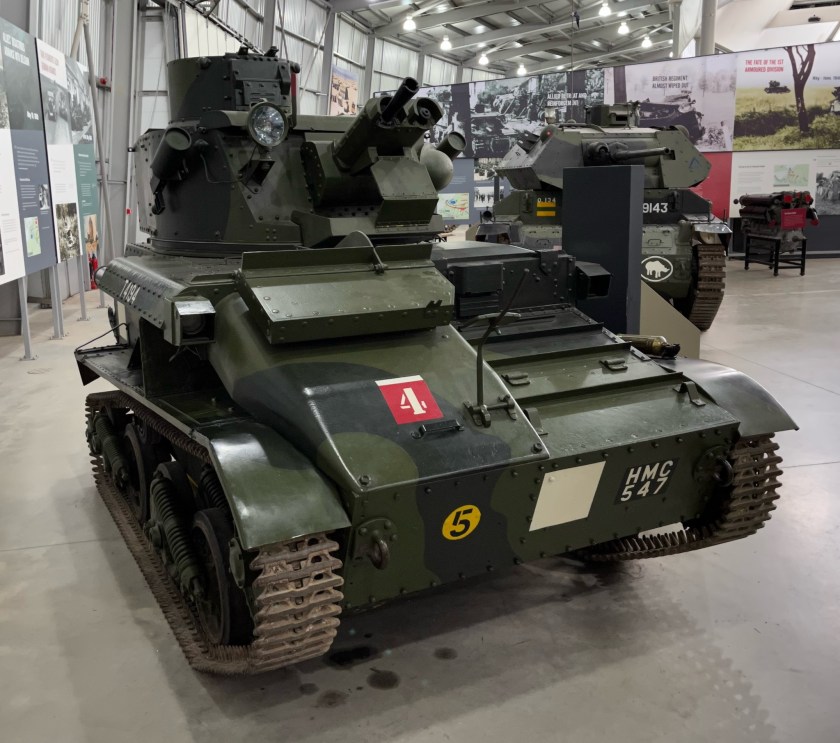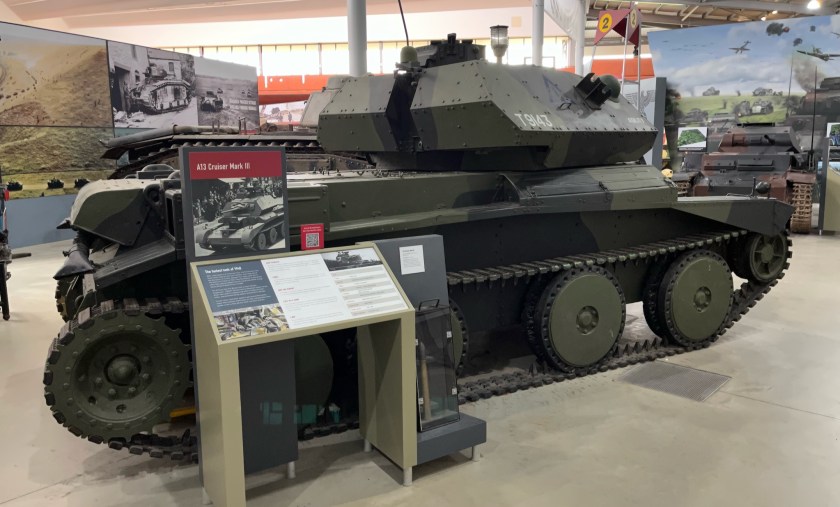During World War II, the British developed a revolutionary amphibious tank nicknamed the “Donald Duck” tank. These DD, or duplex drive, tanks were most famously based on the M4 Sherman medium tank and played a crucial role in supporting the Allied landings at Normandy in June 1944.
The secret to the DD tank’s unique ability was a collapsible canvas flotation screen that encircled the tank. When deployed, this screen inflated with air, transforming the tank into a buoyant vessel capable of navigating the English Channel. Propelled by rear-mounted propellers, the DD tank could churn through the water, reaching speeds of up to 4 knots.
Once the tank reached the shoreline, the crew would deflate the flotation screen, transforming the lumbering watercraft back into a formidable weapon. The canvas shroud would then be discarded, revealing the Sherman’s full arsenal of firepower, ready to provide immediate support for the invading infantry.
These innovative DD tanks were a key element of the specialised vehicles, known collectively as “Hobart’s Funnies,” that were designed to overcome the formidable German defences on the Normandy beaches.

